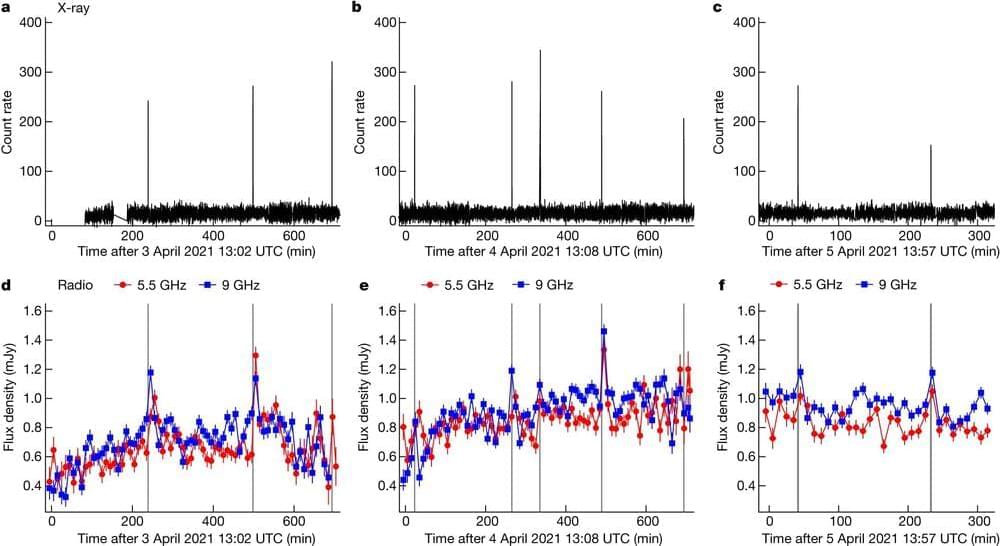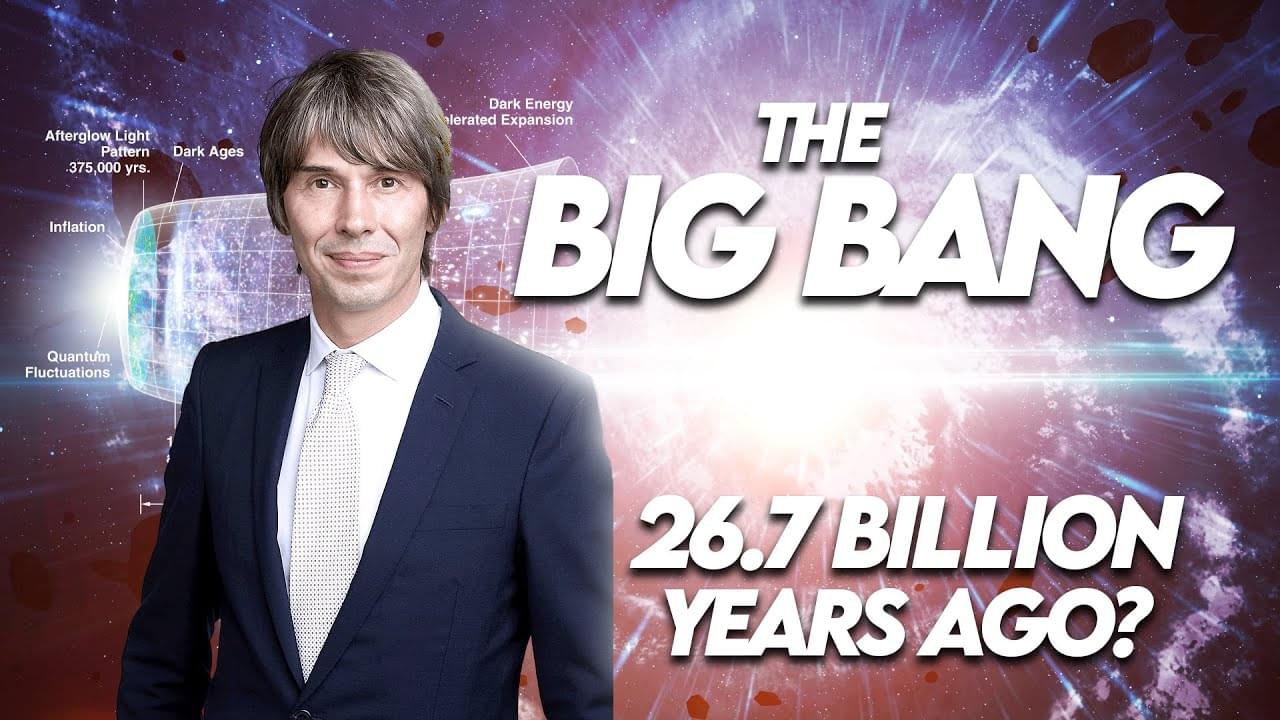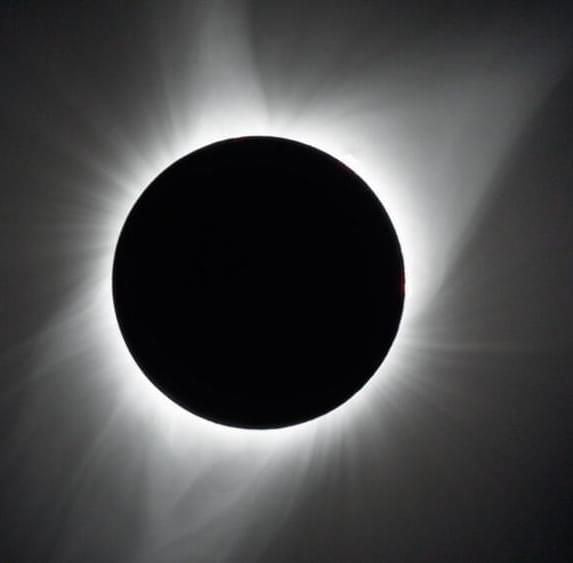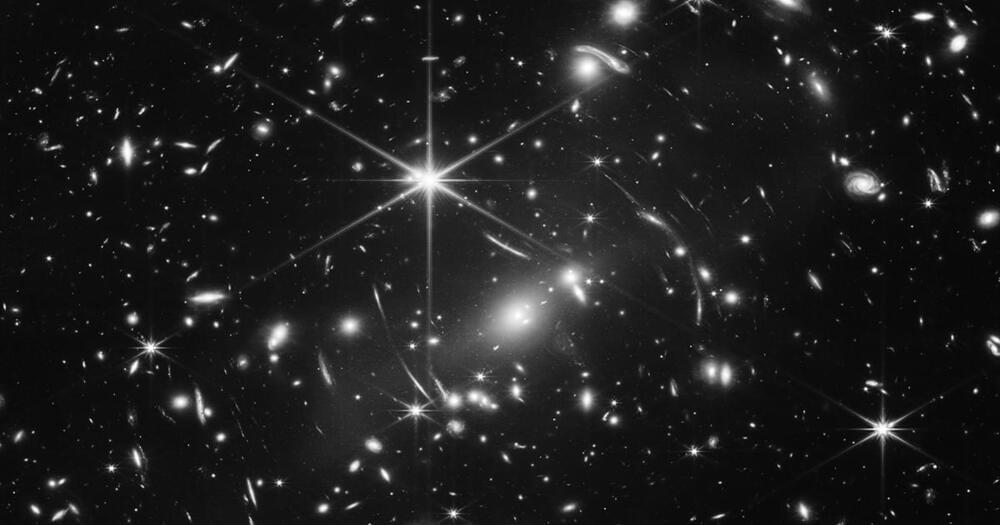Page 1045
Mar 30, 2024
A cosmic ‘speed camera’ just revealed the staggering speed of neutron star jets in a world first
Posted by Shubham Ghosh Roy in category: space

How fast can a neutron star drive powerful jets into space? The answer, it turns out, is about one-third the speed of light, as our team has just revealed in a new study published in Nature.
Mar 30, 2024
How can bridges be protected from ship collisions? A civil engineer explains
Posted by Genevieve Klien in category: futurism
In an interview, University of Michigan civil engineer Sherif El-Tawil explained how often ships collide with bridges, what can be done to protect bridges from collisions, and how a similar disaster in Florida in 1980 – just three years after the Key bridge opened – changed the way bridges are built.
This is not the first time a ship has taken out a bridge. What’s the history of ship-bridge collisions?
This is an extremely rare event. To my knowledge, there are about 40 or so recorded events in the past 65 years that involved similar type of damage to a bridge caused by a ship. So they seem to occur on average about once every one and a half to two years around the world. When you consider that there are millions of bridges around the world – and most of them cross waterways – you can imagine how rare this is.
Mar 30, 2024
Total Solar Eclipse Is Almost Here: When and Where to See It
Posted by Ovie Desire in category: futurism
Mar 30, 2024
What_Can_ChatGPT-like_Language_Models_Tell_Us_About_the_Brain.pdf
Posted by Dan Breeden in category: neuroscience
Mar 30, 2024
Entangled Titans: unraveling the mysteries of Quantum Mechanics with top quarks
Posted by Cecile G. Tamura in categories: particle physics, quantum physics
🔗 Top quark and top antiquark entanglement 🔗
The CMS experiment has just reported the observation and confirms the existence of #entanglement between the top #quark and its #Antiparticle beyond reasonable doubt.
The CMS experiment has just reported the observation of quantum entanglement between a top quark and a top antiquark, simultaneously produced at the LHC.
Continue reading “Entangled Titans: unraveling the mysteries of Quantum Mechanics with top quarks” »
Mar 30, 2024
Scientists Find Microplastics in Cave Sealed Off From All Humans
Posted by Kelvin Dafiaghor in category: particle physics
Even a cave that’s been closed to the public for three decades can’t escape the reach of microplastic particles.
Mar 30, 2024
The James Webb’s Beautiful Images Actually Arrive in Black and White
Posted by Kelvin Dafiaghor in category: space
This just in: the James Webb Space Telescope (JWST) is a Tumblr girl, actually.
Since its launch in 2022, the JWST has dazzled the masses with spectacular photos of interstellar sights like the pillars of creation, exploding stars, and — checks notes — squirting moons.
While the public sees those images are seen in striking color, though, that’s not actually how the JWST captures them. As Space.com reports, images snapped by the advanced telescope first arrive to researchers in black and white, and are then colored back on Earth by scientists who use data to make a well-educated guess as to what the cosmic bodies in the pictures might look like in the spectrum of visible light.
Mar 30, 2024
Google DeepMind unveils ‘superhuman’ AI system that excels in fact-checking, saving costs and improving accuracy
Posted by Kelvin Dafiaghor in category: robotics/AI
Google DeepMind researchers have developed a new AI system that excels in fact-checking, outperforming human annotators and saving costs, but critics question what ‘superhuman’ really means in this context.
Mar 30, 2024
What is quantum cognition, and how is it applied to psychology?
Posted by Dan Breeden in categories: computing, mathematics, neuroscience, quantum physics
Quantum cognition is a new research program that uses mathematical principles from quantum theory as a framework to explain human cognition, including judgment and decision making, concepts, reasoning, memory, and perception. This research is not concerned with whether the brain is a quantum computer. Instead, it uses quantum theory as a fresh conceptual framework and a coherent set of formal tools for explaining puzzling empirical findings in psychology. In this introduction, we focus on two quantum principles as examples to show why quantum cognition is an appealing new theoretical direction for psychology: complementarity, which suggests that some psychological measures have to be made sequentially and that the context generated by the first measure can influence responses to the next one, producing measurement order effects, and superposition, which suggests that some psychological states cannot be defined with respect to definite values but, instead, that all possible values within the superposition have some potential for being expressed. We present evidence showing how these two principles work together to provide a coherent explanation for many divergent and puzzling phenomena in psychology. (PsycInfo Database Record © 2020 APA, all rights reserved)

















